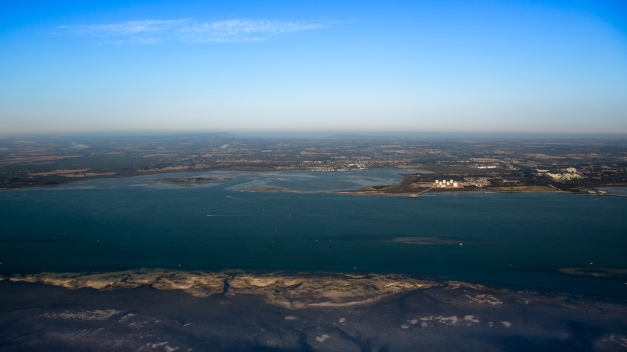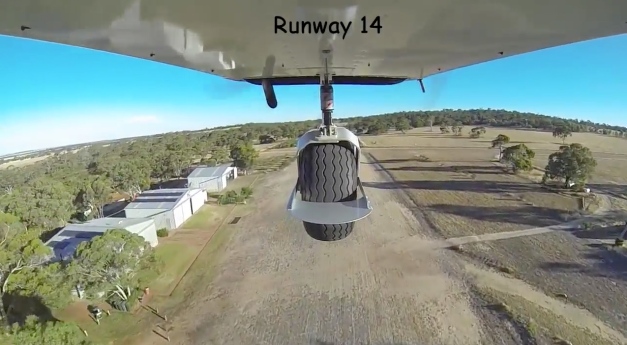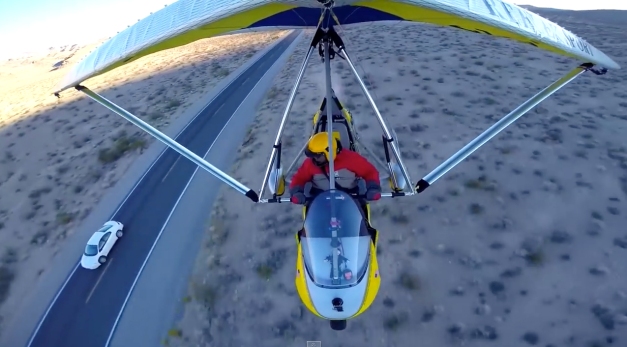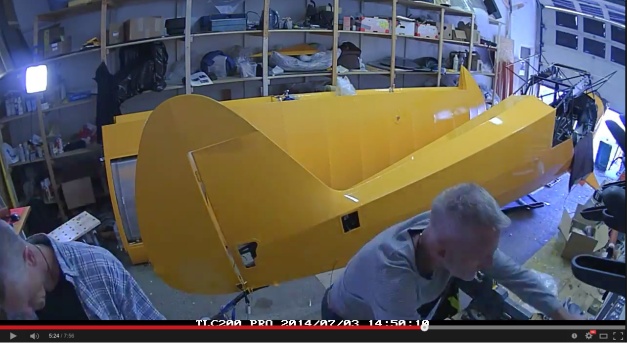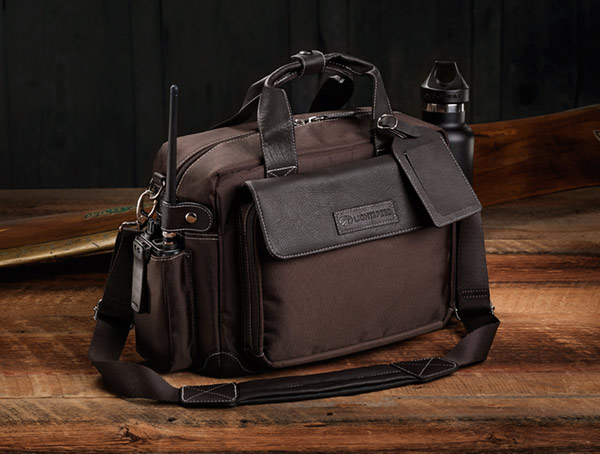 Unfortunately this time of year is bushfire season in Australia – particularly in the southern states, where humidity in the summer tends to be much lower than further north. Already there have been some devastating fires in South Australia and Victoria, fanned by hot and blustery winds. Australia is not the only country to suffer bushfires, which are also known as wildfires or forest fires in other parts of the world.
Unfortunately this time of year is bushfire season in Australia – particularly in the southern states, where humidity in the summer tends to be much lower than further north. Already there have been some devastating fires in South Australia and Victoria, fanned by hot and blustery winds. Australia is not the only country to suffer bushfires, which are also known as wildfires or forest fires in other parts of the world.
The use of aircraft to drop water and sometimes other retardants on fires is common, even essential, to help control big fires. However, typically the aircraft used are quite small, often ag-planes and helicopters otherwise used for crop spraying. The amount of water which can be delivered individually by these planes – while essential to fire control – is fairly limited. Also, strong wind conditions can ground many of these smaller aircraft.
Enter the leviathans of aerial fire-fighting.
Probably dimensionally the biggest of them all (the wingspan is greater even than a Boeing 747 ‘Jumbo’ jet) is the Canadian Martin Mars flying boat. Built in the 1940’s as a bomber, these aircraft have also been used for people and cargo transportation and have currently been adapted for use as water-bombers. They can carry almost 30,000 litres of water (around 6,000 gallons), which they can pick up in less than 30 seconds, skimming at 75 knots over a lake. This makes refilling and turnaround very fast. Here’s a link to a YouTube video about the Mars Water Bomber.
Truly the monster firefighting aircraft of them all must be the 747 Supertanker, which holds over 75,000 litres (20,000 gallons) of water. Flying at 500 knots, the 747 can get to fires very quickly and although it takes over half an hour to refill, it can hold near or over fire sites for many hours. It can drop part or all of its load, it can carry water or fire-retardant powder, and its overall speed and flexibility make it invaluable for fighting large fires.
Back in the mid-2000s, the DC-10 was the biggest of the aerial tankers, holding around 42,000 litres (11,000 gallons). This load of water or retardant was dropped using a computer-controlled system so that all or only quite small amounts could be dropped in a pre-programmed pattern. Interestingly, while the 747 and Mars aircraft carry their water inside the fuselage, the DC-10 has an external tank, bolted underneath the fuselage.
A bit further down the size scale is the amphibious Bombardier 415, a twin turbo prop aircraft which can carry 6,000 litres (about 1,500 gallons). The great strength of the Bombardier is its fast turnaround time – 12 seconds of skimming the lake to fill the tank – which enables it to deliver over 100,000 litres an hour. With a big wing and huge flaps, the aircraft is also extremely manoeuvrable which enables it to deliver retardant with pinpoint accuracy.
Last (for this post) but by no means least, is the famous (at least in Australia) ‘Elvis’ – the American-built Erickson S-64 Air-Crane helicopter. Elvis can carry around 9,500 litres (2,500 gallons), which is a huge amount for any helicopter. However, Elvis is BIG, over 21 metres (70 feet) long and almost 10 metres (30 feet) tall. Elvis refills by hovering over a water supply or lake, making for fast turnarounds. However, the running costs of such a big helicopter are far greater than a fleet of smaller fixed wing aircraft, so Elvis is usually called on for fire fighting in urban-fringe areas, where fixed wing planes are difficult to operate.
Other aircraft operating on fire fighting duty in Australia this summer include: the C-130Q Hercules Air Tanker, an Avro RJ-85 Air Tanker and a Gulfstream Aero Commander AC690. You can find more information about these on the Australian Fire Aviation website.
Lets hope all these aircraft are not called into action very often this summer.



